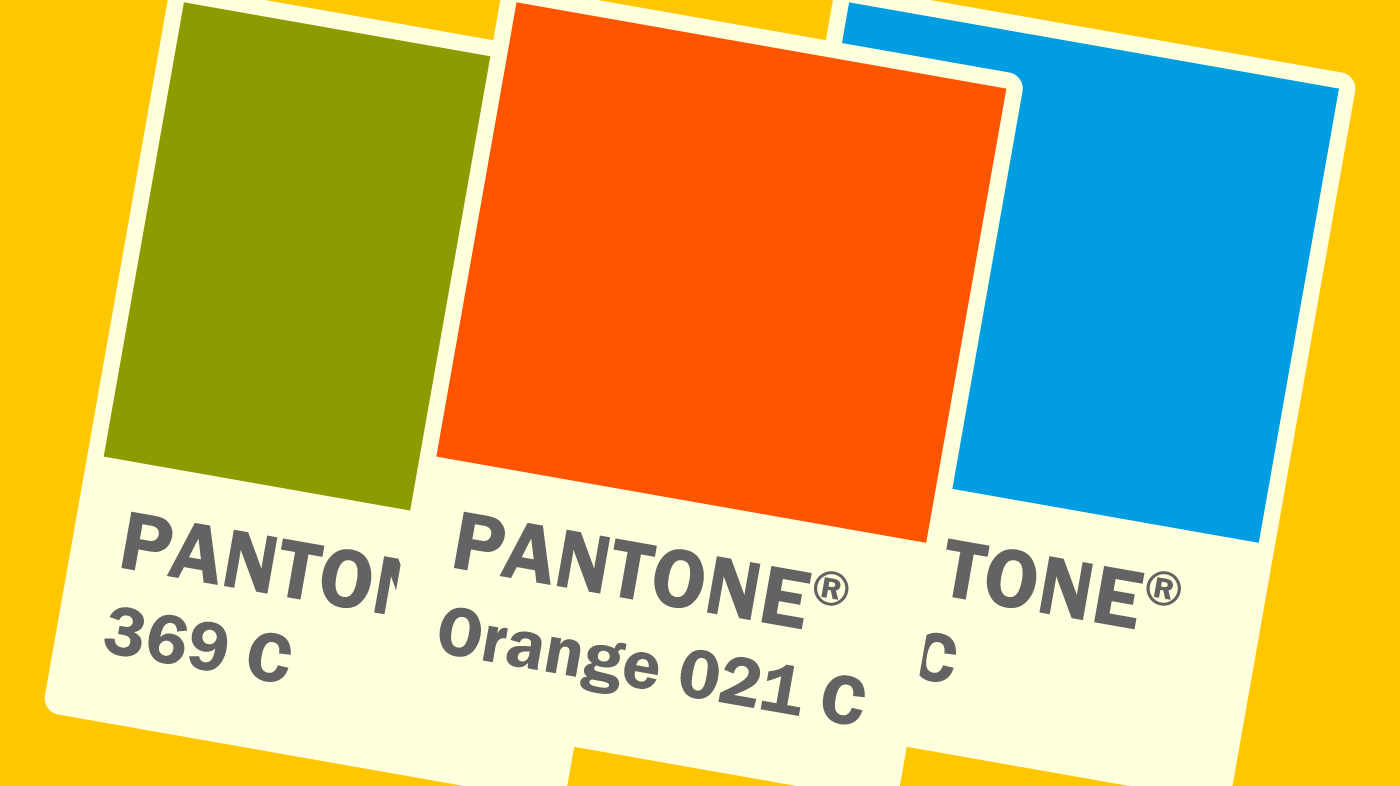These days there are plenty of online print shops offering good-value promotional print. By pooling print runs they bring affordable full-colour print to everyone. There’s still a flaw in the system, though.
What’s termed ‘full colour’ really falls well short of what could reasonably be described as, well, full colour. Full-colour print uses CMYK, overlaying the four ‘process’ colours (cyan, magenta, yellow and black). This system renders images and text in an approximation of visual spectrum colour.
So, CMYK bad?
The problem is the limited range of colours available through this system. The margin between what’s desired and what’s achievable can be quite noticeable. Yes, you can get vibrant colours by overlaying solid areas of two or three of the process colours (except black!). However, most other really vibrant or deep shades are beyond your reach with CMYK. Your zingy oranges or intense blues just come out looking comparatively dull or muddy.
It’s not so noticeable in photographic images, but what about the graphic elements of your branding? What if you want colour consistency across printed and digital media?
Let’s imagine that you’ve adopted a bold orange as a prominent component in your visual identity. It’ll look great on-screen because you can get more vivid colours in digital media’s RGB (red, green, blue). In print, though, you’ve got a problem—even full-colour business cards won’t match your website’s colours. That’s not great if you take pride in the co-ordination of your presentation across media.
How ‘spot colour’ can help
The good news is that something called ‘spot colour’ can come to your rescue. A spot colour is printed using a specially-mixed dedicated ink of the exact colour desired. Normally the Pantone® Matching System, a range of specific formulated colours, is used for this.
Spot colour isn’t new—it’s been around in the printing industry for a very long time. Now, however, adding an additional spot colour to the standard full-colour print process is becoming increasingly affordable. You can even get it as an optional extra on small, relatively low-run items like business cards. Whilst that does bump up the cost it can really help make your printed materials sing.
One fly in the ointment is that digital print doesn’t allow spot colour. Currently, only print processes like litho, where inks are used as opposed to toners, can accommodate it. Watch this space though—technology will undoubtedly move on to rectify this.

